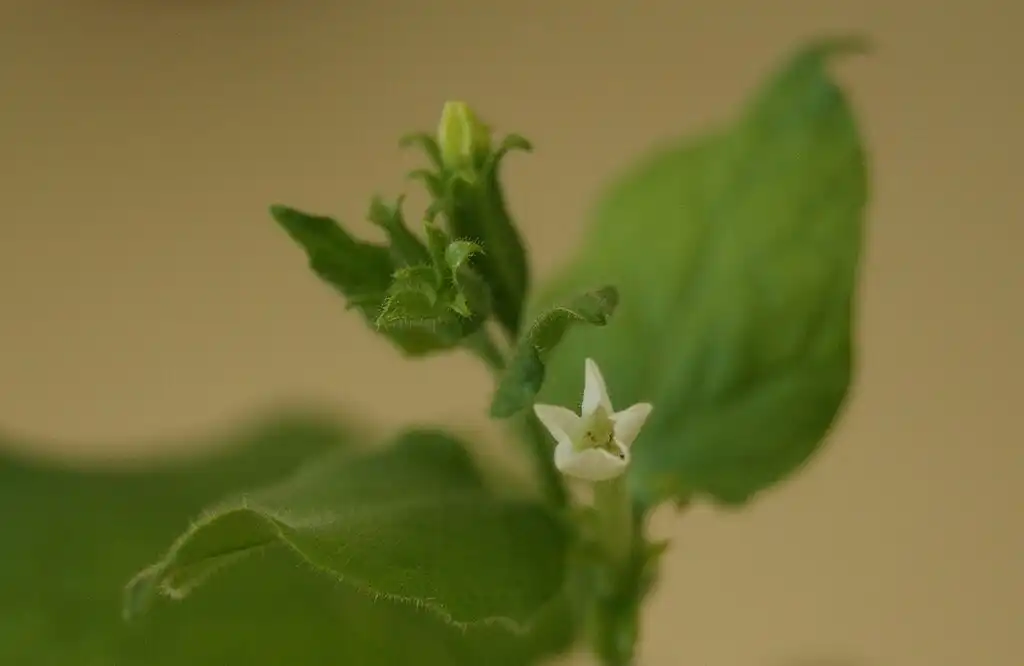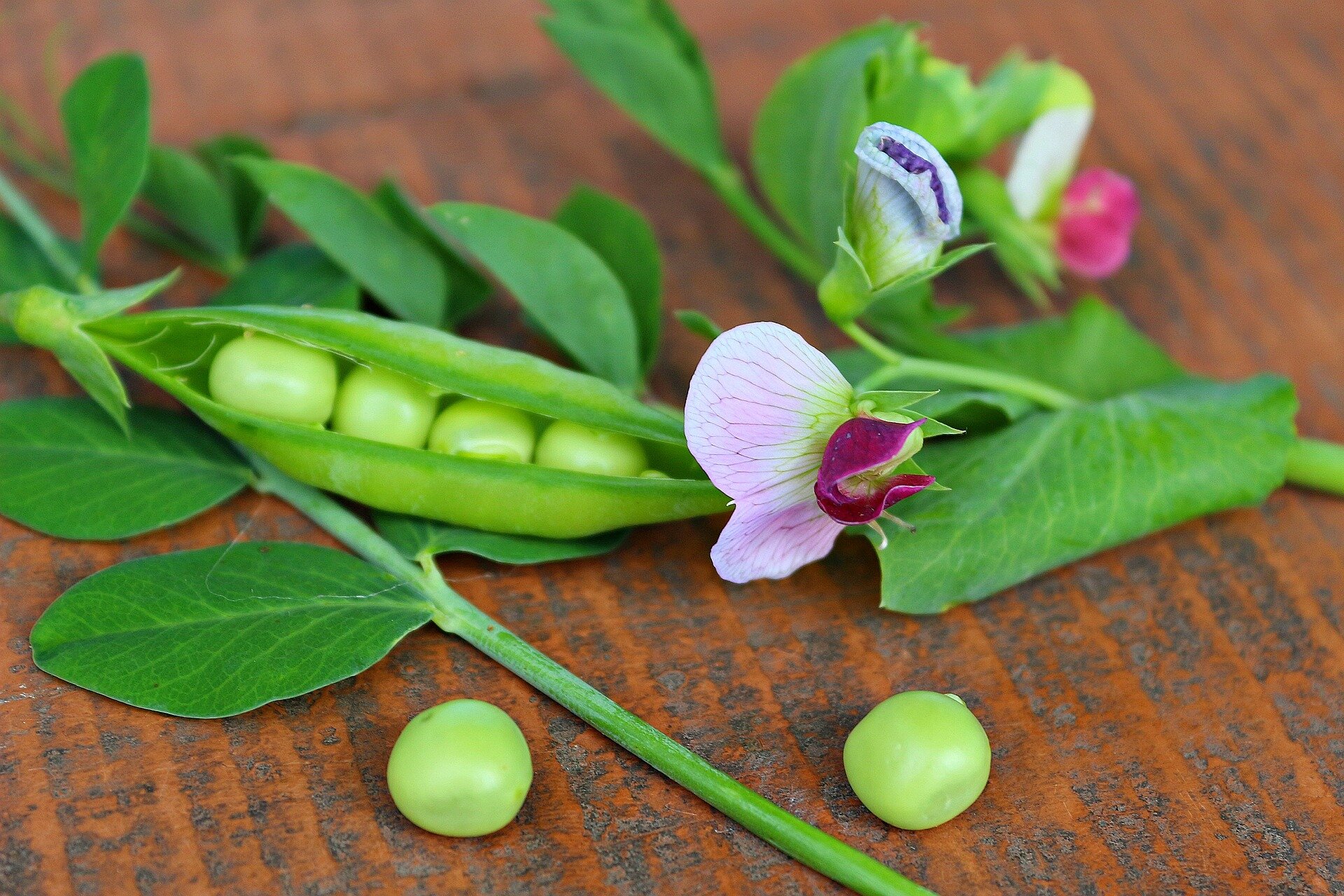
Research spanning nearly nine decades reveals a decline in insect-pollinated plant species across the Netherlands. Analyzing datasets, scientists highlight the pivotal role of these plants in biodiversity and food security, with 75% of crops reliant on insect pollination. Urgent conservation…
Read More











